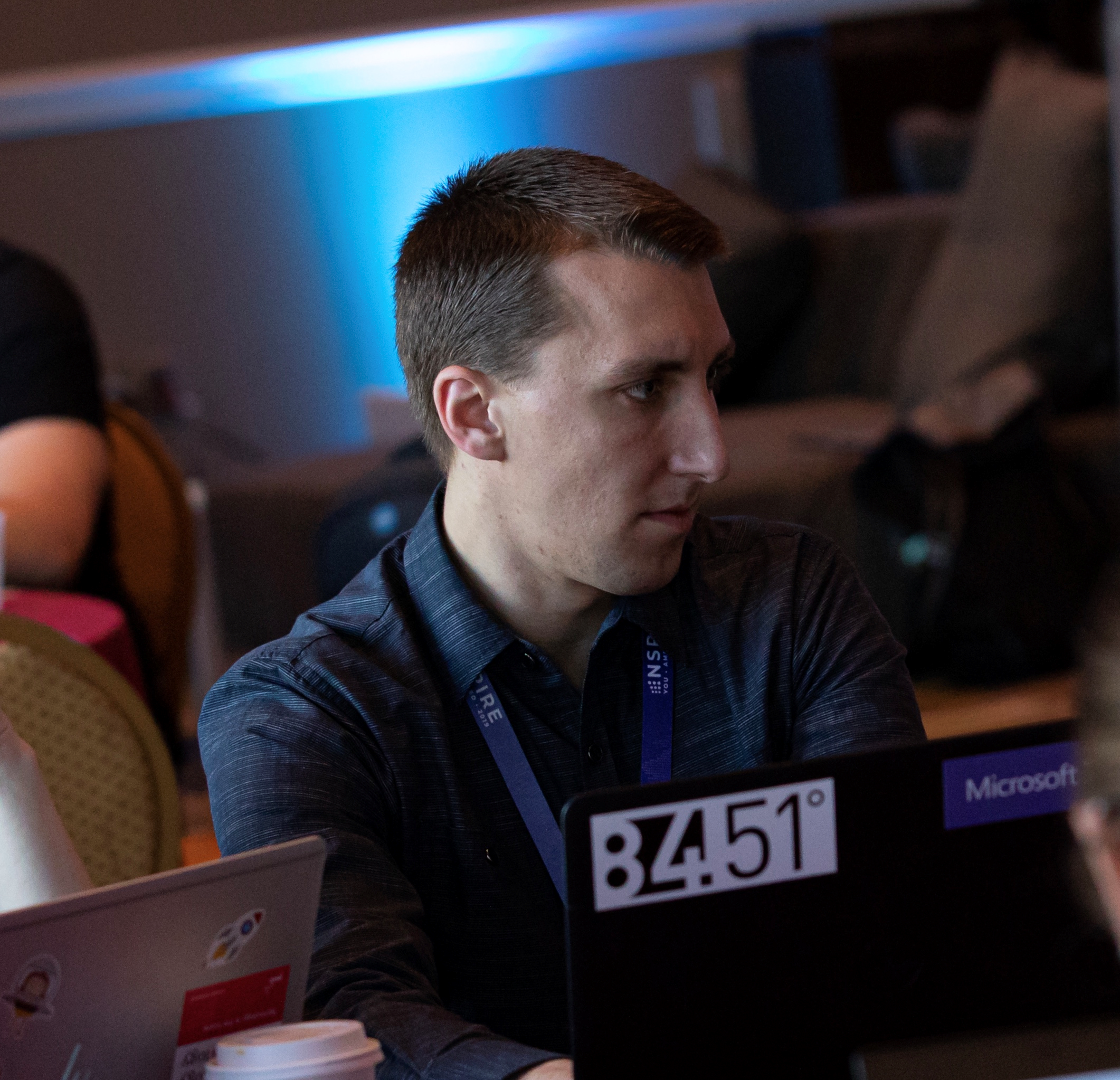
Ending homelessness with data science

When we say we believe in making peoples’ lives easier, we don’t just mean the more than 60 million households that shop at Kroger, or the 1,200+ consumer-packaged-goods companies that we consider our clients. It goes beyond the business and into the communities we live. That’s where data scientists like Brandon Skinner have truly made an impact.
Brandon has led skills-based-volunteering initiatives for Strategies to End Homelessness (STEH) since 2017. STEH leads a comprehensive system of care to assist the homeless in Hamilton County, where 84.51°’s corporate headquarters resides.
“Some of my work with them is supporting yearly reporting and performance in relation to other CoCs around the country,” Brandon said.
CoC, or Continuum of Care, is an organization funded by the U.S. Department of Housing & Urban Development (HUD) that oversees funding and support of services for the homelessness in a particular metro area. These include emergency shelters, street outreach, shelter diversion, Rapid Re-Housing (RRH), Permanent Supportive Housing (PSH), and transitional housing. STEH is the CoC for Hamilton County.
As part of 84.51°’s Living Our Purpose, Brandon identified himself as a “skills-based volunteer” and was matched with STEH to assist in its utilization of Alteryx, Tableau and R to examine their data and find new ways of finding data-driven solutions. In total, he has donated approximately 150 hours to the pro-bono effort.
“I meet with STEH’s data specialist, as well as other members of their board/staff on occasion, on a monthly basis. The bulk of these sessions are fairly low-level support, ranging from code reviews to model methodology guidance to knowledge sharing of 84.51° training/example resources.”
But Brandon’s involvement goes beyond the day-to-day maintenance. He has been instrumental in addressing many of their key issues, including:
Preventing recidivism
Q: What do we know about families exiting homelessness that can help us design an aftercare project to reduce returns to homelessness (also known as “recidivism”)?
A: Brandon worked to create models to identify factors of highest risk for recidivism. This was accomplished using Alteryx and R via a technique called survival analysis, which is commonly used in the healthcare space. Results were used to guide the response Central Access Point (CAP) has to families who are calling for shelter after having already been in one. They’re now extended aftercare support instead of referral to shelter to ensure they have a safe and appropriate place to sleep.
Solutions for family and youth homelessness
Q: How can data be used to build an aftercare project that reduces returns to homelessness – particularly catered to families and/or youth (age 18-24)?
A: Under Brandon’s guidance, STEH developed the KEYS dashboard – an interface that tracks the size and effectiveness of the system serving homeless youth. He guided STEH on how to build the dashboard and embed it within their website
System modeling
Q: What is the right balance in allocated funding between Rapid Re-Housing (RRH) and Permanent Supportive Housing (PSH)?
A: With the goal of minimizing length of stay and recidivism, Brandon helped STEH develop a model that runs simulations to try and predict what those will be under a certain funding scenario. Iterative research on this framework is ongoing, with the eventual goal to have something prescriptive to guide funding decisions.
Visit our knowledge hub
See what you can learn from our latest posts.

